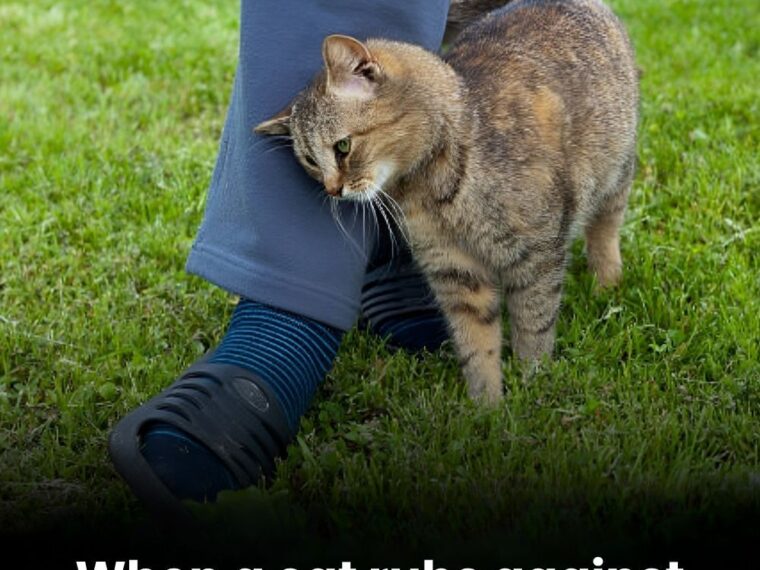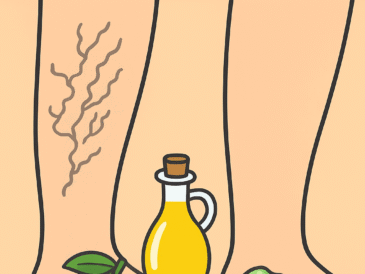🐱 Different Types of Rubbing & Their Meanings
| Type of Rubbing | Meaning |
|---|---|
| Head bumping (bunting) | Strong trust & affection |
| Full body rub | Social bonding & territory marking |
| Tail wrapping around your leg | Friendly greeting & emotional connection |
| Face rubbing | Sharing scent, claiming you |
| Quick rub then walk away | “Follow me — I want something!” |
⚠️ Not Always Positive
While rubbing is usually affectionate, there are rare exceptions:
- Excessive rubbing of furniture or humans can indicate stress
- Rubbing head against objects repeatedly could be a sign of neurological issues (rare but possible)
If rubbing is accompanied by disorientation, behavior change, or other unusual symptoms, consult a vet.
✅ How to Respond
To strengthen your bond:
- Gently pet your cat in return — especially around the head and neck
- Speak softly to reinforce positive association
- Blink slowly back at your cat (this mimics feline trust signals)
- Avoid sudden movements — let your cat lead the interaction
💡 Fun Fact
Tigers, lions, and other wild cats also use rubbing to greet and bond with their pride members — showing this behavior is deeply instinctual and not exclusive to domestic cats.
🧠 Final Thoughts
When your cat rubs against you, it is showing trust, affection, and claiming you as part of its family. It’s a complex mix of instinct, social bonding, and communication — backed by science and evolutionary behavior.
So the next time your cat brushes against your leg, remember:
You are not just a caretaker —
you are an important member of their world.
Pages: 1 2




